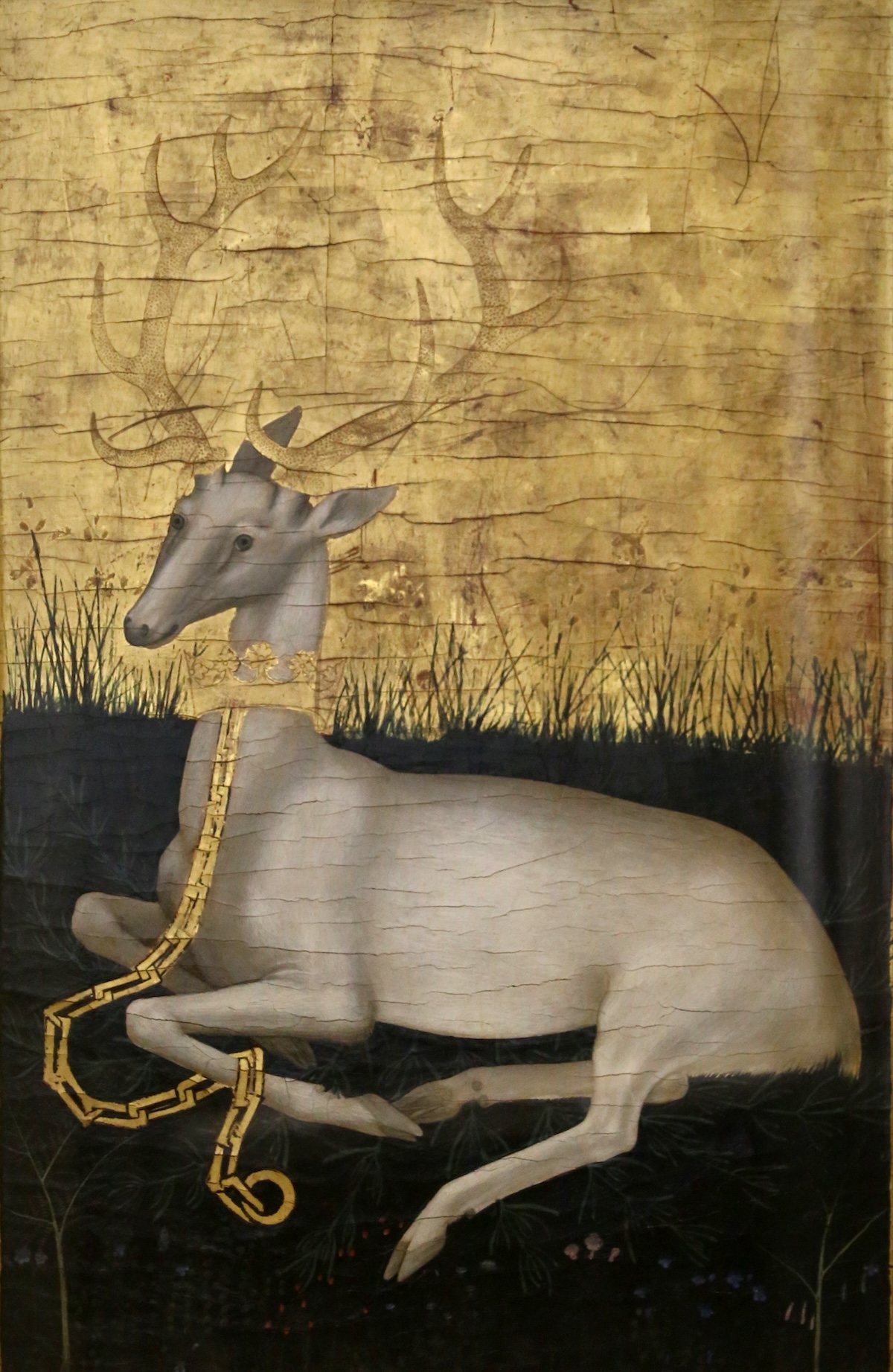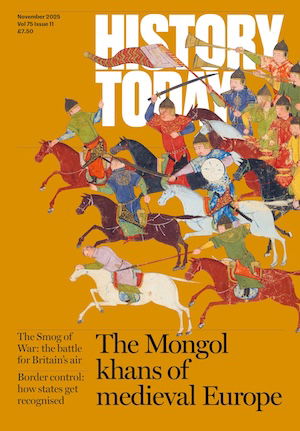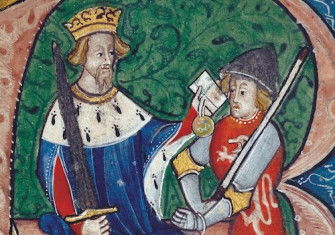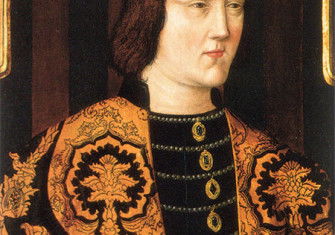Richard II: King of the White Hart
When Richard II succeeded his grandfather, Edward III, he turned to alchemy to create a more pious ideal of kingship. His reign left us one of medieval England’s most enduring and complex images.

Perhaps the most mysterious and haunting image in English art is a chained white hart decked in pearls and wearing a golden crown. It adorns the back of an altarpiece, known as the Wilton Diptych, originally erected in a small chapel in Westminster Abbey during the late 14th century. This creature can still be seen on signs at public houses throughout the country. Its meaning and origins can be found in the reign of an equally mysterious king whose beauty, capriciousness and obsession with purity left traces in the satirical portraits of the vernacular literature written during his reign (1377-99), including some of Chaucer’s Canterbury Tales, in the Cheshire poems, Sir Gawain and the Green Knight and Pearl, and in the 16th century in Shakespeare’s Richard II, which portrays a monarch familiar with alchemy.







